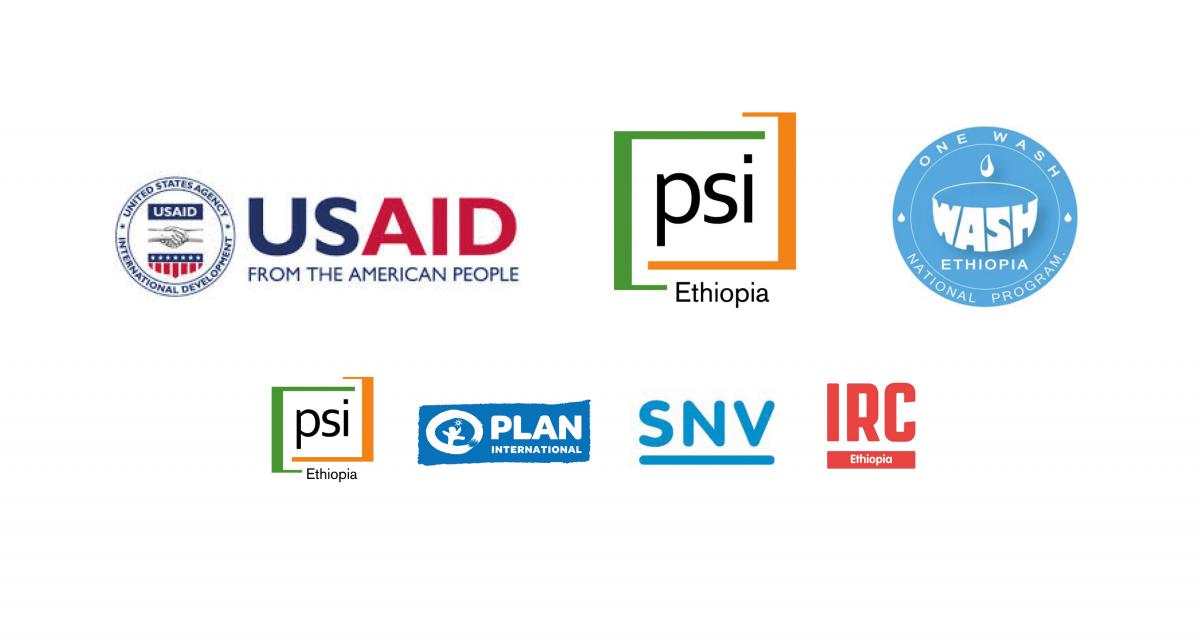Solutions that benefit both consumers and suppliers are required.
Published on: 02/03/2017
Two weeks ago I had the privilege of participating in the co-creation workshop of a new WASH programme in Ethiopia. At the end of the four-day workshop the four implementing partners of the USAID Transform WASH programme agreed that continuing with business as usual is not going to transform or change the Ethiopian WASH sector.
The USAID Transform WASH programme is implemented by a consortium of four partners: Population Services International (PSI), Plan International, SNV Netherlands Development Organisation, and IRC WASH. The programme is designed to reduce preventable deaths and illness in Ethiopia due to diarrhoeal disease, particularly among children under five. This will be done through the development and testing of scalable and replicable market-based models. The programme will support the Government of Ethiopia (GoE) and the OneWASH National Programme (OWNP) to increase use of improved WASH products and services among women and their families.
The Transform WASH consortium will implement a holistic market development strategy that:
What is the current sanitation situation in Ethiopia? Does the sector require transformation? Is there a need for a new initiative to drive that transformation? At first glance it may look unnecessary, particularly if you trust the data provided by the Joint Monitoring Programme (JMP). In the UNICEF and WHO report “Progress on Sanitation and Drinking Water – 2015 update and MDG assessment”, Ethiopia tops the list of 16 countries that were able to reduce open defecation rates by at least 25 percentage points since 1990. According to the report the proportion of the population practising open defecation decreased from 92 % in 1990 to 29 % in 2015. Indeed a remarkable achievement. Open defecation rates are slightly higher in rural areas with 34% of the population not having access to a toilet. Access to improved sanitation – a facility that hygienically separates human excreta from human contact – has increased to 28% in rural areas.
The latest figures from the 2016 Ethiopia Demographic and Health Survey (2016 EDHS) present a different picture however. Here the proportion of the rural population with access to an improved sanitation facility has reached only 4% instead of the 28% reported by the JMP. According to the 2016 EDHS Key Indicators Report, the most common type of toilet facility is a pit latrine without a slab or open pit in both urban (41%) and rural (55%) households. The differences between the JMP reporting and the 2016 EDHS are shown in the following figure.

There continue to be significant barriers to improved health in rural and urban areas of Ethiopia. Likewise there are multiple challenges, but the top two relate to behaviour change and supply chains. Although open defecation rates have decreased radically, studies show that consistent use is uncommon because latrines are dirty, poorly maintained, or lack privacy. Programmes will have to do more to change behaviours towards adopting improved sanitation practices.
The situation with regards to rural supply chains is even more challenging. Due to low demand - in rural areas, households tend to construct latrines themselves with locally available materials – the private sector is reluctant to invest in rural supply chains. Products and services that do exist in urban areas cater to higher-income consumers. Most of the available sanitation products are cement-based, which increases transport costs and thus make them unaffordable for a majority of rural people. All these challenges or constraints have made it basically impossible to develop viable supply chains.
More of the same is not going to do it. To drastically increase the proportion of the rural population that use an improved sanitation facility requires innovative solutions. It will require the introduction of new ideas and methods of work. It will require solutions that benefit both the consumers and the suppliers.
The solutions that will be introduced by USAID Transform WASH are based on an integrated and transformative vision for a better future for everyone. The vision will guide the collective work of the consortium in the coming five years.
To address key barriers to uptake and sustained use of WASH products and services, the consortium will implement a holistic market development strategy. The consortium will serve as a market facilitator, influencing demand, supply, and enabling environment components of the market to drive systemic change. By manipulating product, price, place, and promotion, the consortium will make WASH products and services affordable, accessible, and appealing.
After all the preparatory work, the true test will be the implementation. There is a clear sense of urgency among the consortium members to achieve the required transformative change: we have only five years to do it. Transformative change cannot be achieved in isolation by the consortium partners alone. Although the collaboration of the four partners is expected to result in new synergies by bringing in resources, capacities, innovations, technology, research, etc. However, it will require the highest level of political commitment, the collective effort of all rural people, and the engagement of all actors, at all levels, including an interested and responsive private sector.
The next five years will prove whether the consortium has the ideas, the skills, the determination and the drive to transform the markets serving the Ethiopian WASH sector.
This is an ongoing series of blogs and publications by IRC under the USAID Transform WASH project. Please click here for all IRC’s work on this project.

At IRC we have strong opinions and we value honest and frank discussion, so you won't be surprised to hear that not all the opinions on this site represent our official policy.